hey guys, so i’ve been baking for about 2 years now and i’ve always gotten a good oven spring and ear (see below), but one day, i changed my oven (to a better one actually) and the ear disappeared, for good (see 2nd pic).
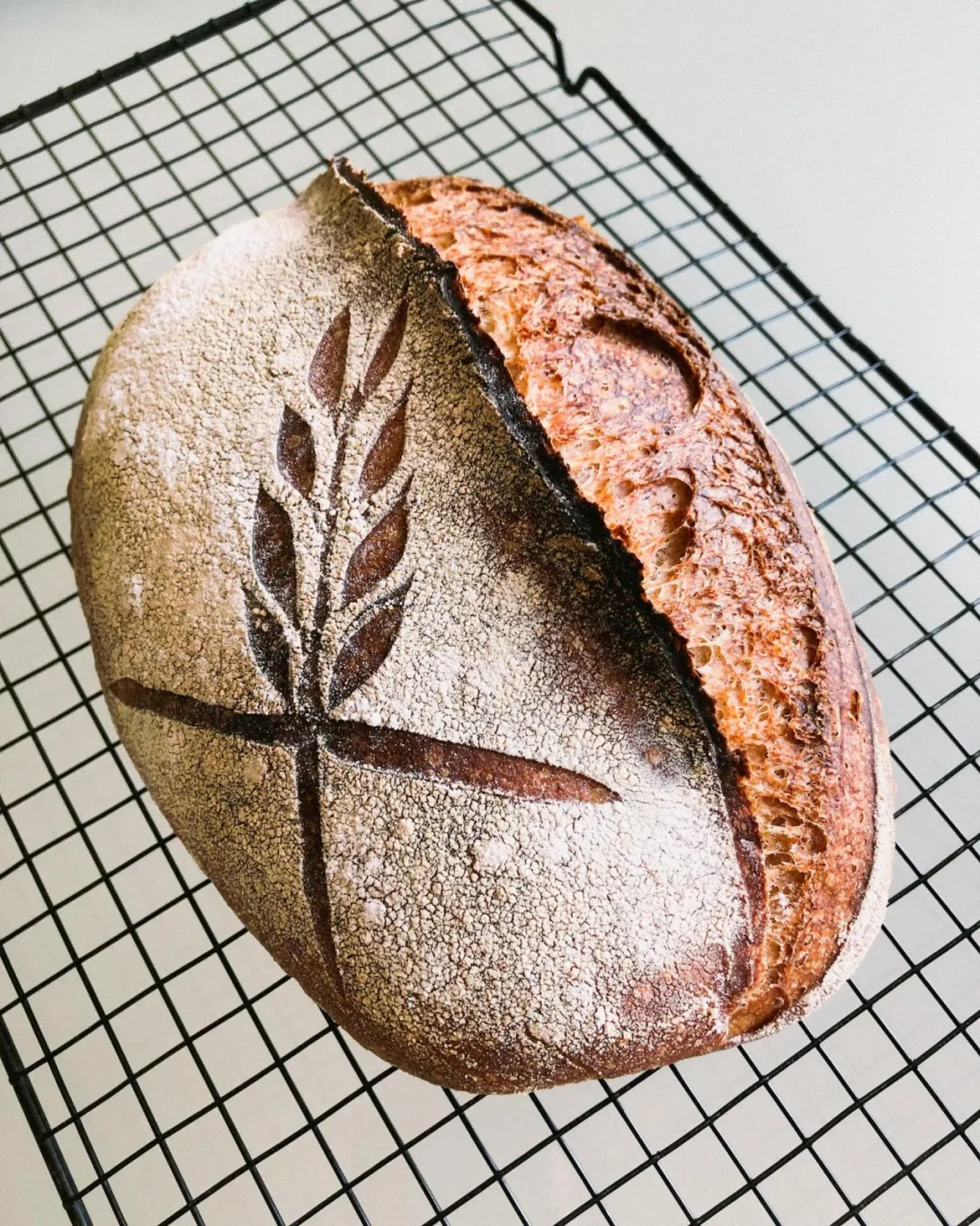
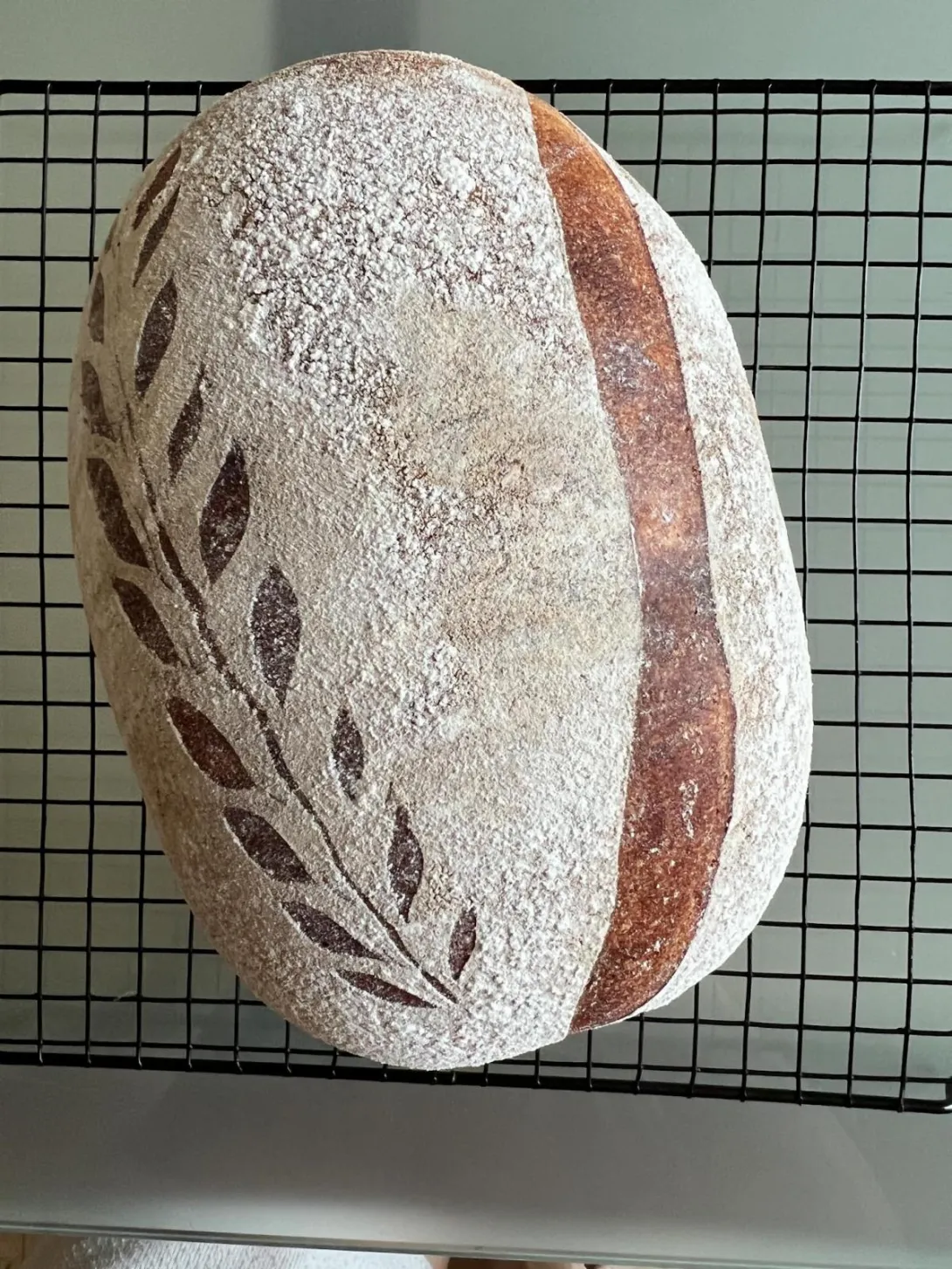
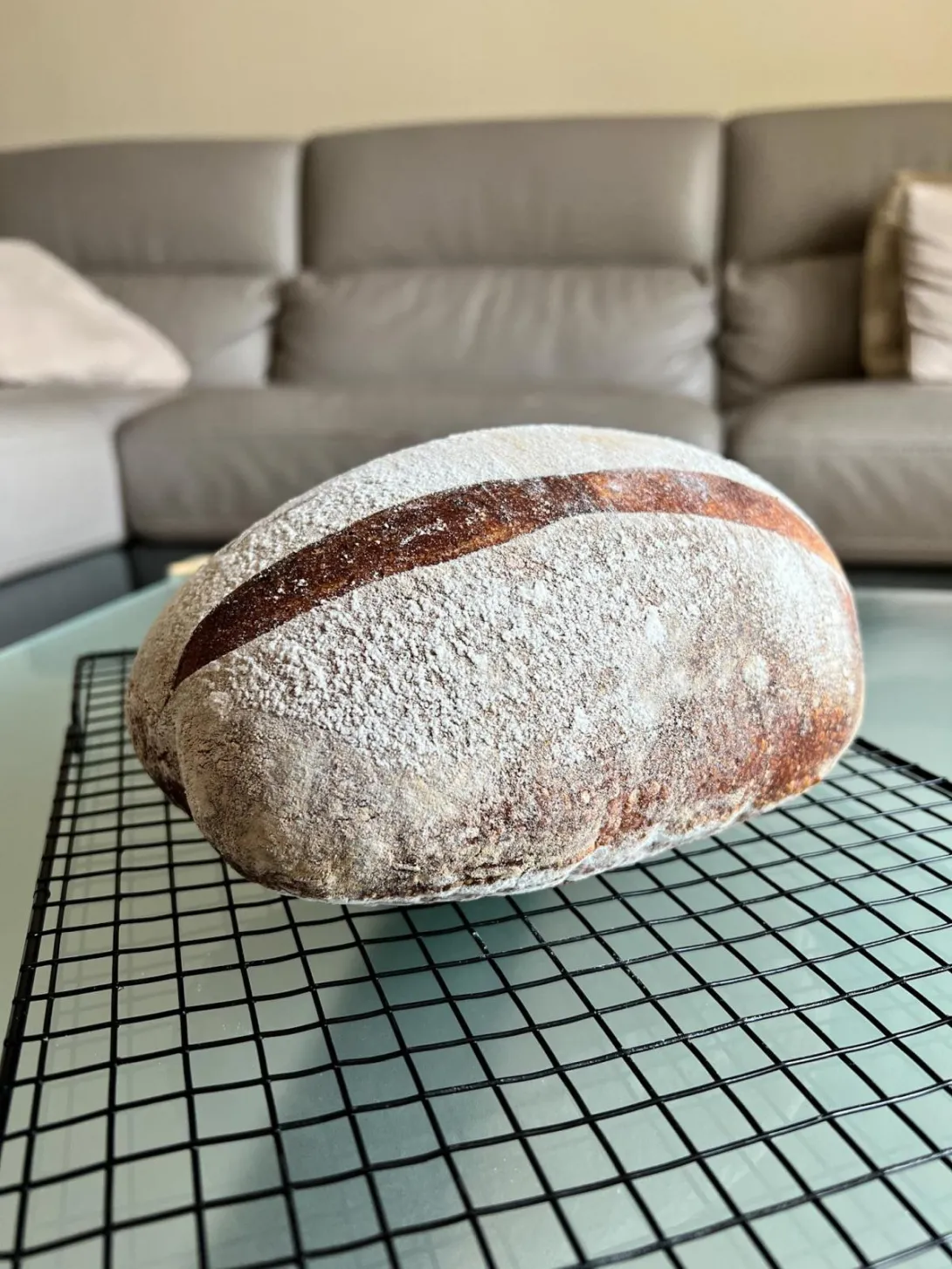
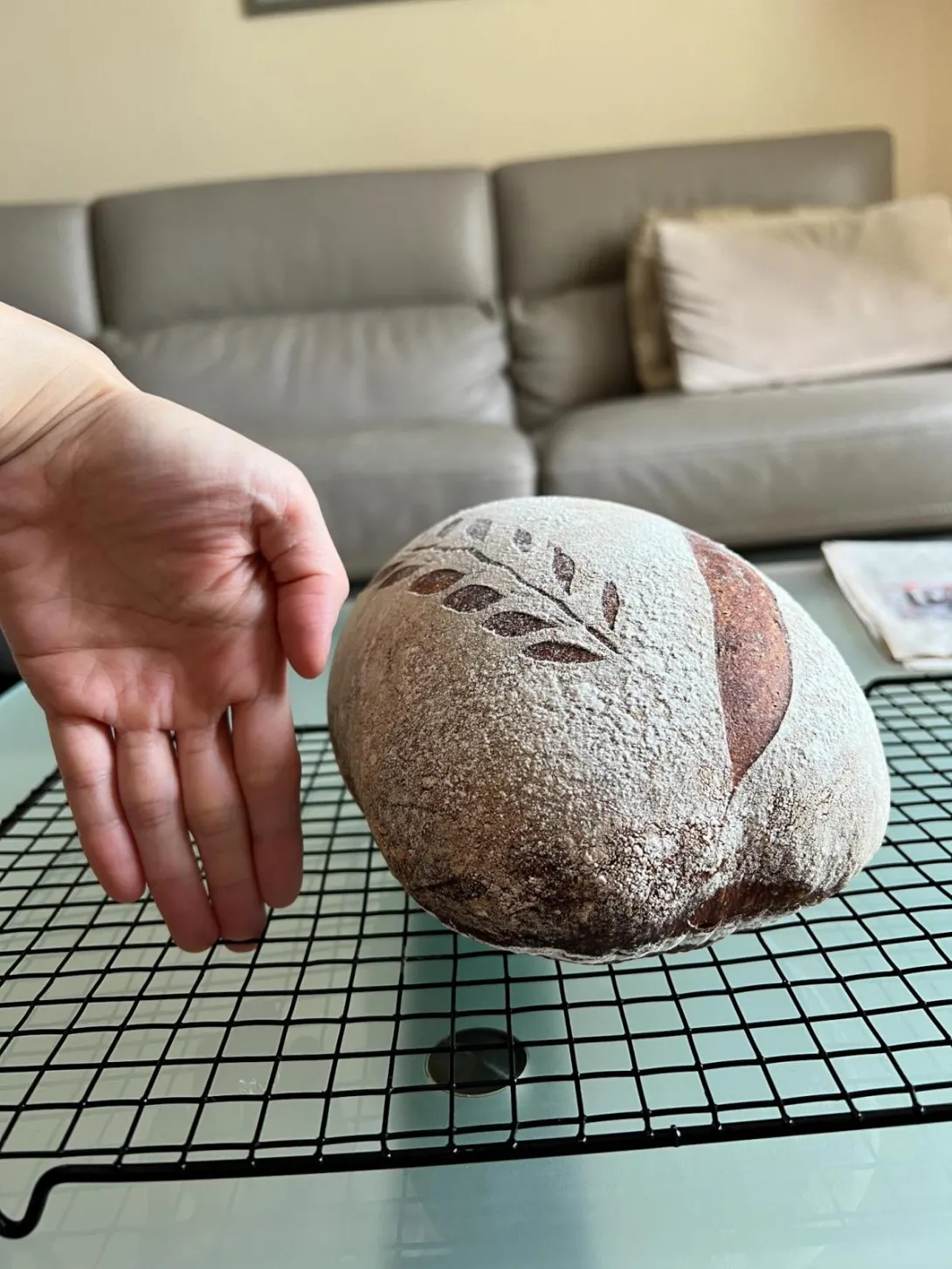
adding on to this, after i cut the loaf, i suspect a serious problem of under fermentation haha. 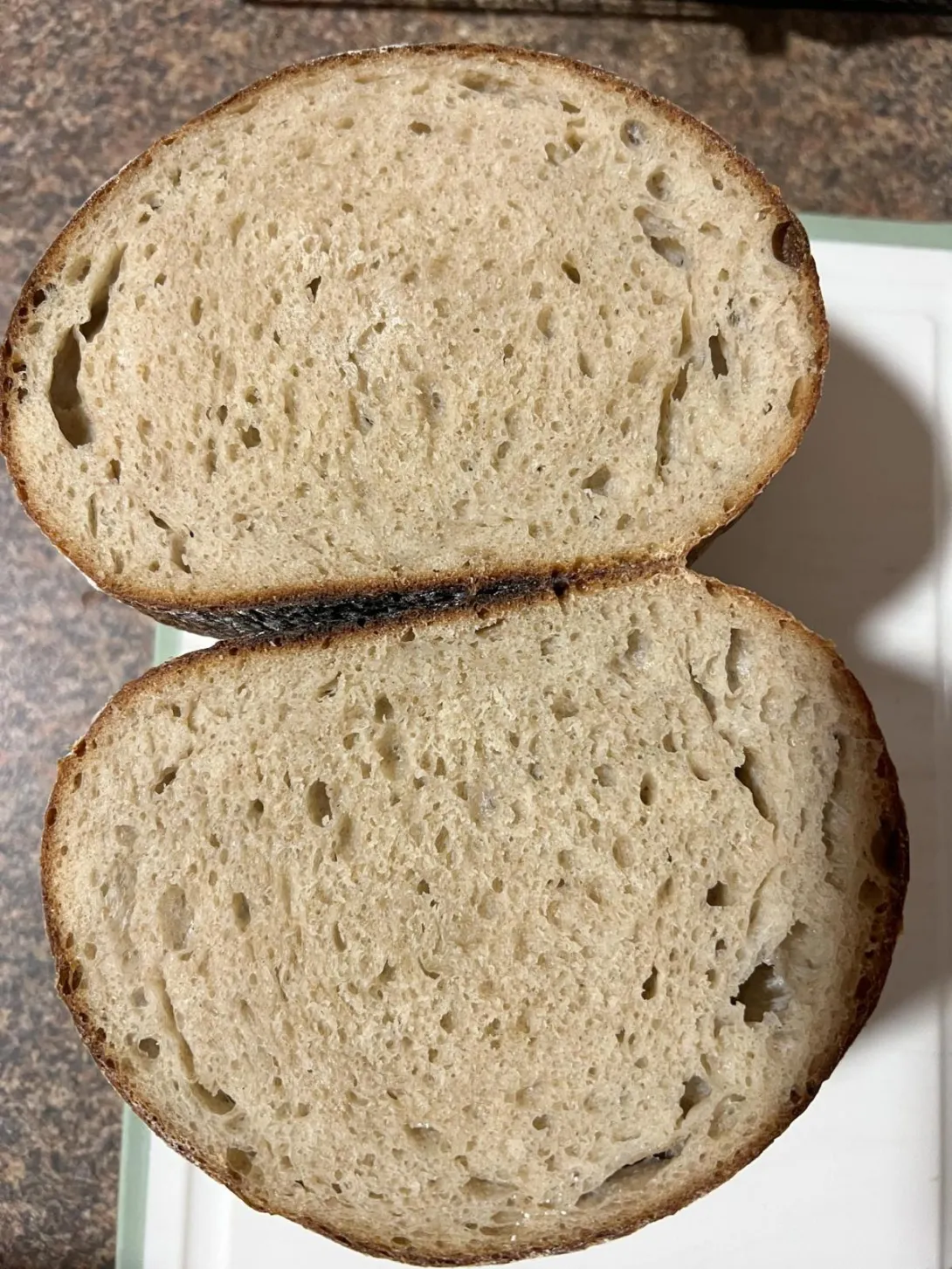
If the only thing that changed was the oven, then it's most likely an oven issue.
But just to be clear, I have to ask: Did you move to a new house or apartment? Or did you stay in the same house/apt and just change the oven? When you move to a new home, other things can change, that you might not realize, such as the water.
--
My first guess would be that the new oven uses convection and/or a top-mounted heating element. Those things in a home oven are actually negatives for hearth-style bread.
Either of those would tend to set the crust earlier than before, and could prevent the ear from lifting up.
Therefore some questions.... was the old oven used in convection mode? Are you using the new oven in convection mode? Are you able to turn off convection mode in the new oven? Where are the heating elements located in both the old and new oven?
--
Second guess.... the thermostat on the new oven may be calibrated differently. It may be that the new oven is baking at 25F / 10C hotter than the old. And too high a temp can also prevent ear formation.
--
Good luck.
thanks for the tips, and i think u are spot on regarding a few things:
1. same house, new oven.
2. old oven has visible heating rods on top and bottom; new oven has visible top heating elements mounted and it’s a smaller oven (33L) compared to the old one (48L)
question though, which MIGHT be the solution: i thought we were supposed to bake sourdoughs at high temps like 230-250C? cause the old one has its baking temperature wonky thats why i changed the oven (it had problems heating past 200C). This new one has no problems at 230C.
i’m baking the bread on the lower rack though. but now u’ve got me thinking about the oven temps. should i lower it in this instance?
I agree that Dave is on the money, it looks like there is too much heat coming from above.
Is it possible to ensure that the upper elements are not on when in bake mode?
Benny
yes i can set the oven to just the bottom heating element. will that ensure enough heat though? here’s a picture of the interior of the oven.
Image
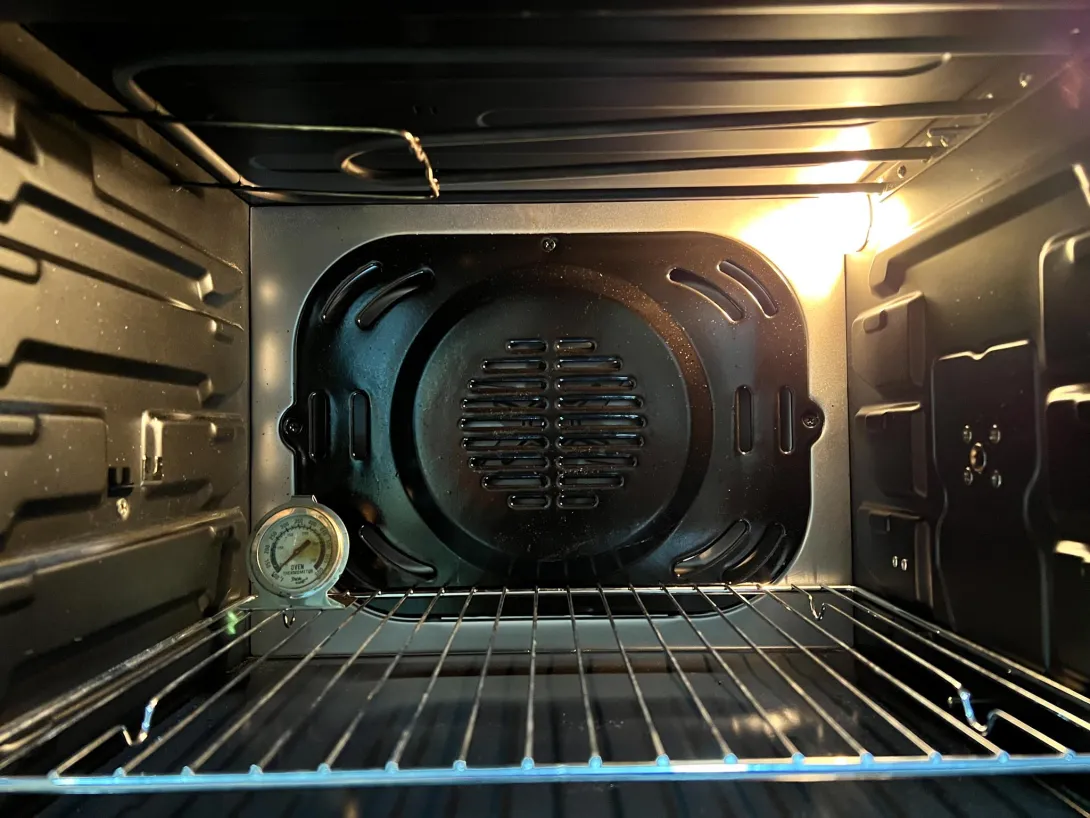
Ah so that is the reason. You don’t want the upper crust to set too soon otherwise it will limit both the overall oven spring and the formation of an ear. Most bakers bake with only the lower elements unless they’re baking pizza.
right, thanks! i shall bake another loaf and see if this will solve the problem. Thanks!!
Can I ask on that basis, if you use a cloche, should you only pre heat the base and when putting dough in oven should you put the lid on cold? Thank you.
Someone online did an experiment pre-heating the oven and not. Their results were pretty much identical.
My oven has a proofing feature, but that might work against me. I've done both proofed in and out of the oven for an ice-cold start.
Here are the instructions (this is how I make all my rye bread).
For the final proof, I put parchment paper on the base and the shaped dough on the parchment paper. Cover and final proof. When the dough is ready I spray the dough with water, cover and turn the oven on to the desired temperature (usually around 425 for my bread). I don't start the timer for the bake until the oven reaches full temperature.
At that point, you bake exactly the same as you would have had you put the bread in a preheated cloche in a hot oven.
That is a good question, the lid of the cloche or dutch oven won’t be hotter than the oven temperature, whereas the heat from the elements is quite a bit hotter than the oven temperature. If I use my dutch oven I have it inside the oven, both the bottom and top so it is fully preheated.
Thank you rondayvous that is very interesting. Good point about the elements as opposed to the overall oven temperature Benny. It shows there are different ways to get a good result. As I’m still finding my feet and only changing one variable at a time, I’ll continue with pre heating the entire cloche. I may try a cold start bake one day .
If the bread tastes the same and the crumb is the same, wouldn't it be a better outcome not to have the ears?
Over the years I tried the usual methods for steam in a home oven, typically a preheated oven tray and boiling water poured in (carefully!) before loading the bread on to a stone. And it never, ever, worked.
And then I read than many home ovens are vented and you can't close the vents. I went to a dutch oven, and that solved it.
So maybe your old oven was not vented but the new one is. Not vented so much that there is no oven spring, but enough so that you get oven spring but nit quite enough for the grigne.
Either the loss of steam or the higher heat on top could speed up the crust formation and cut the oven spring short.